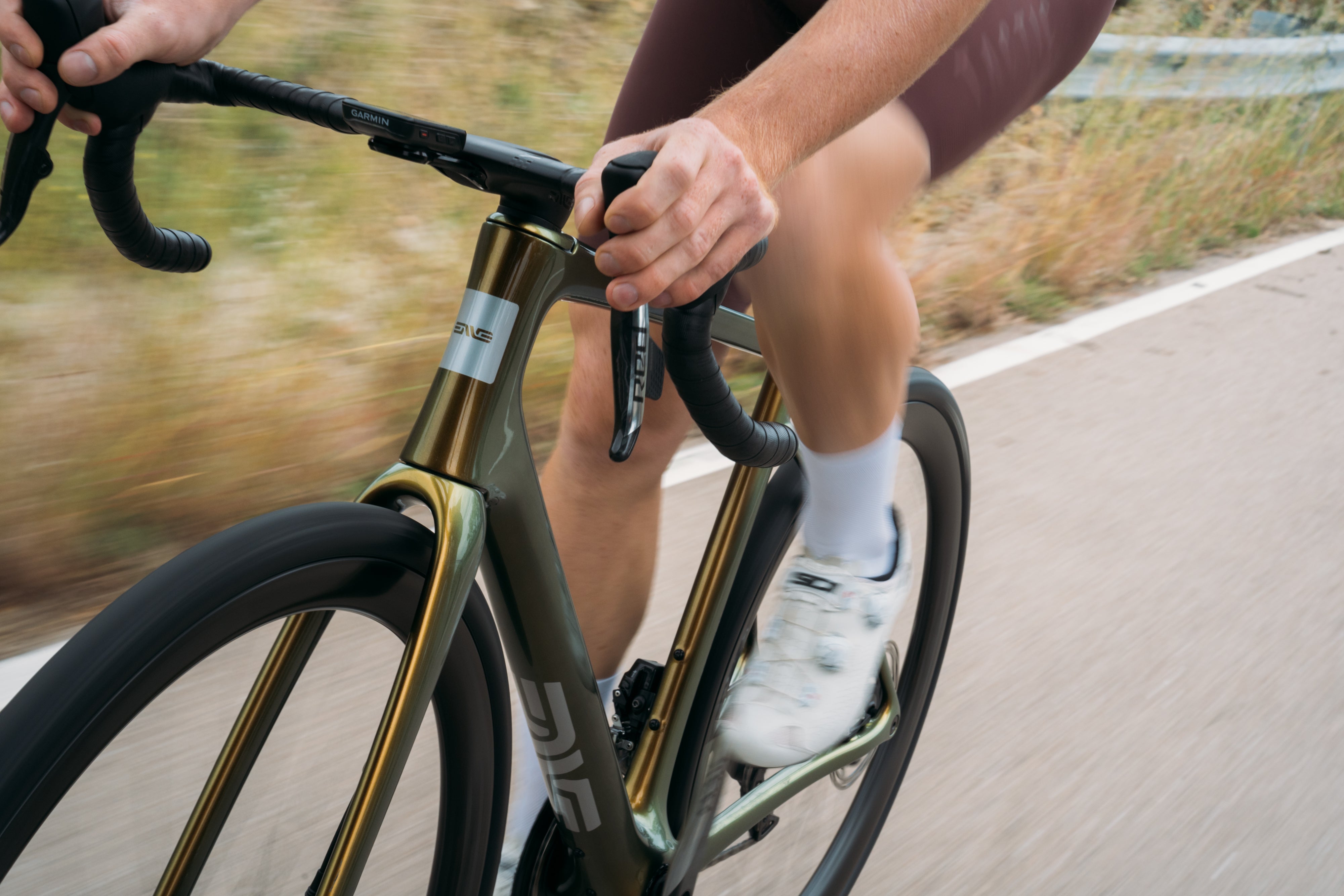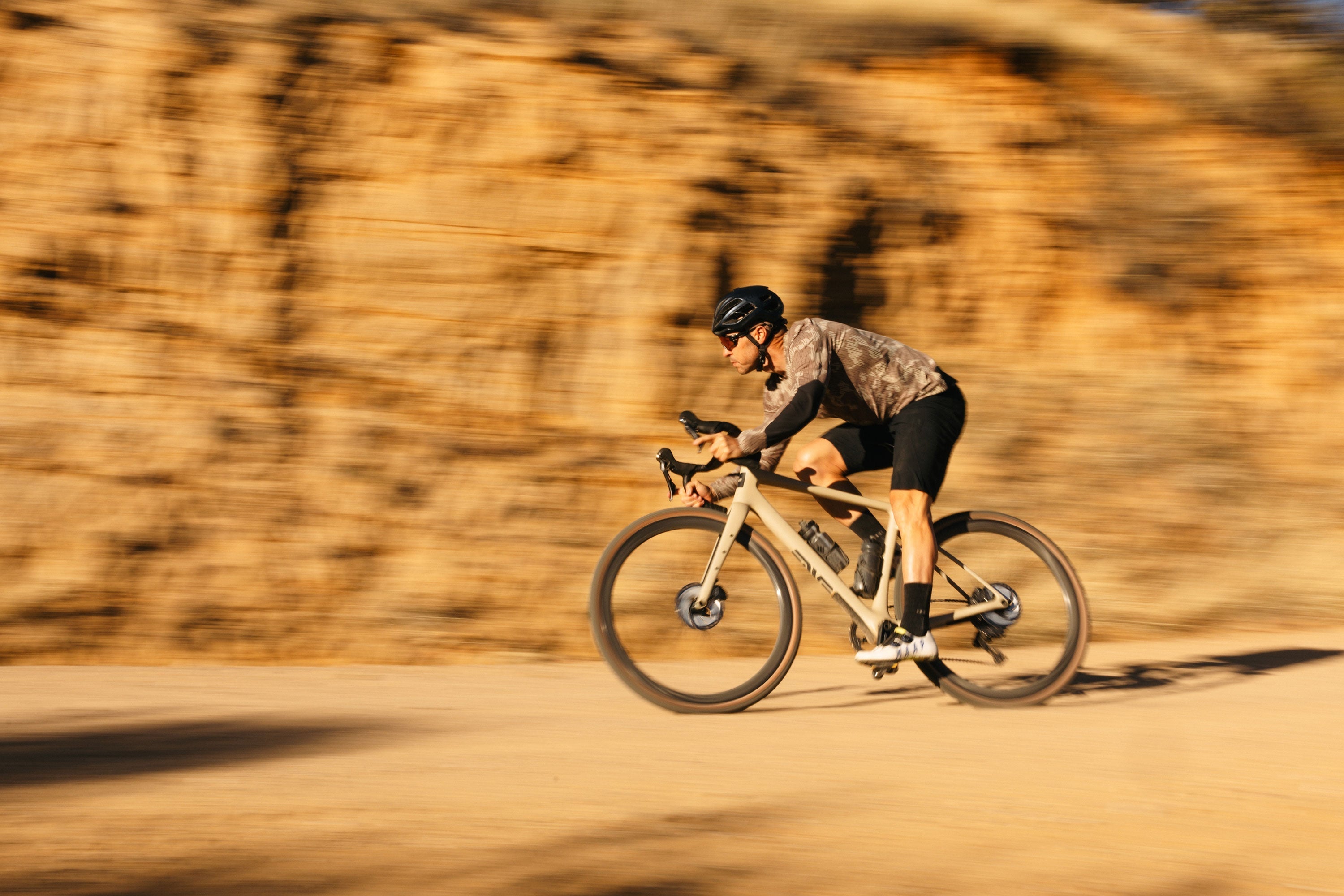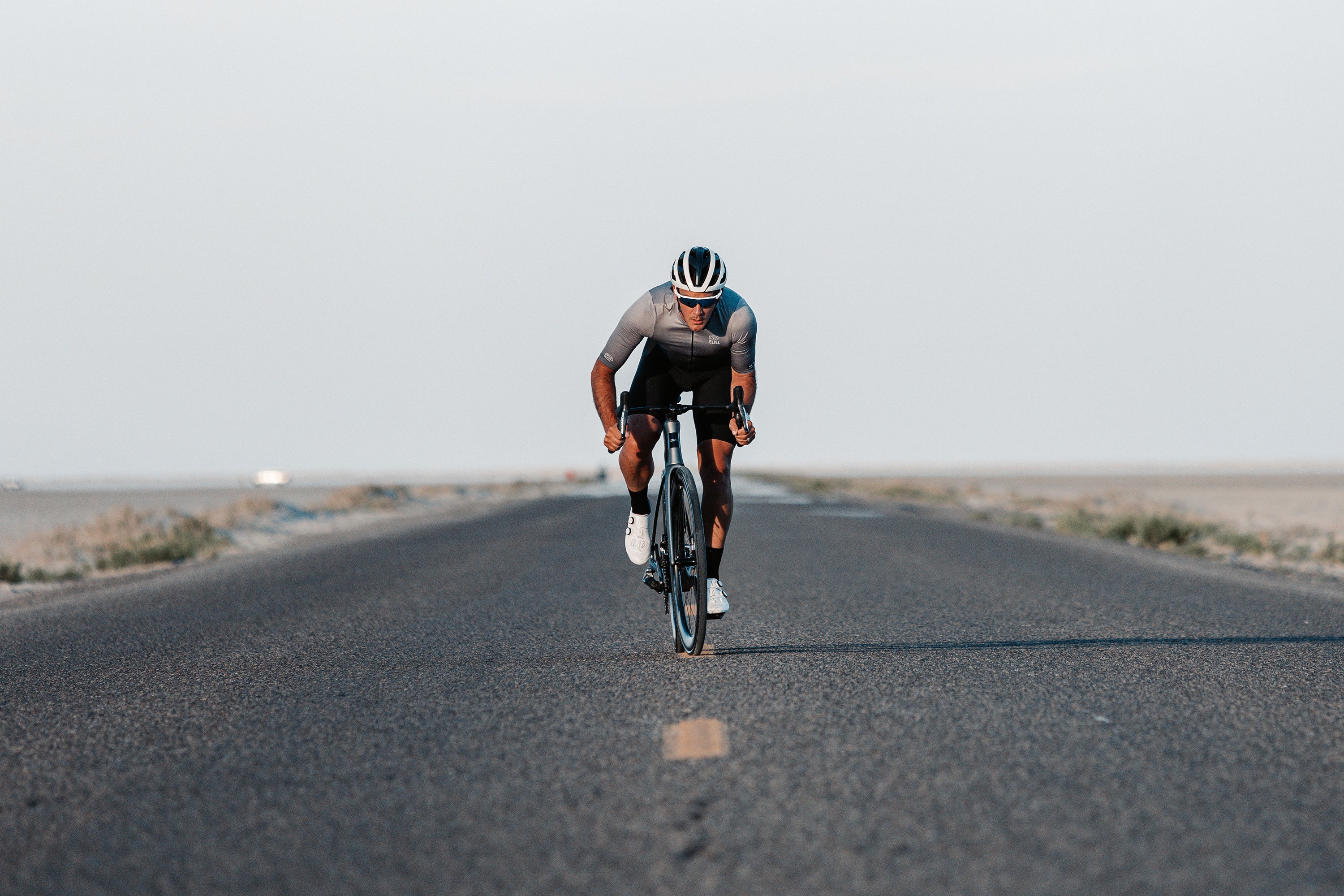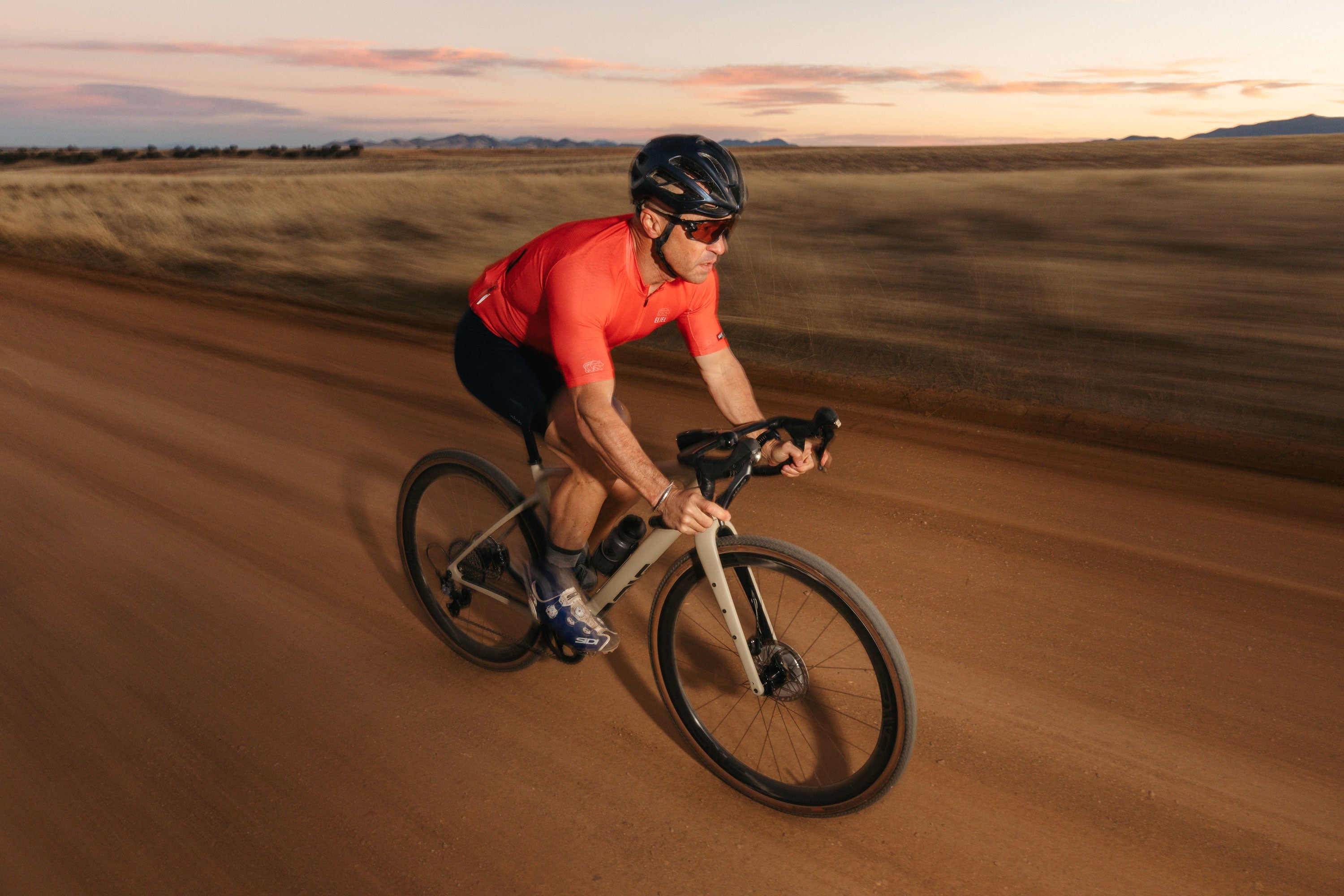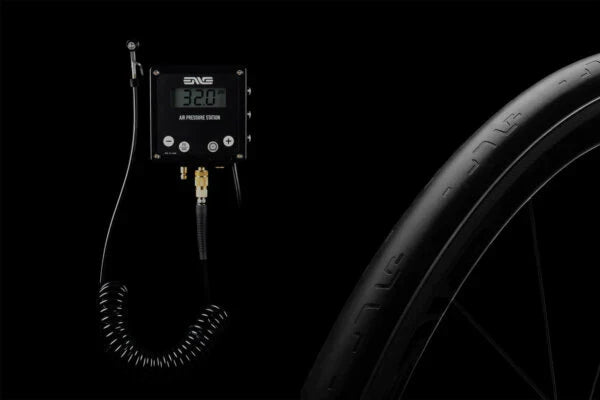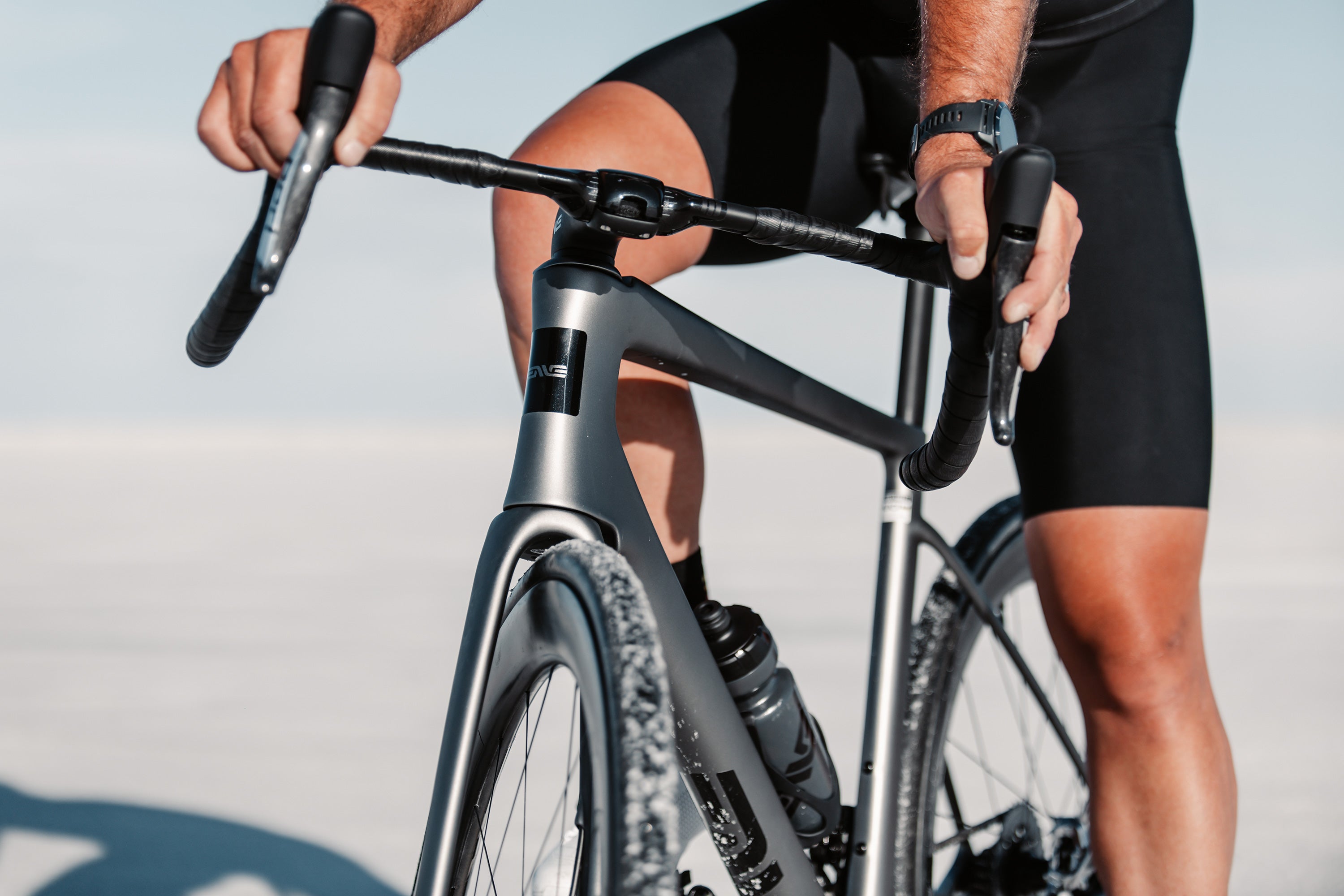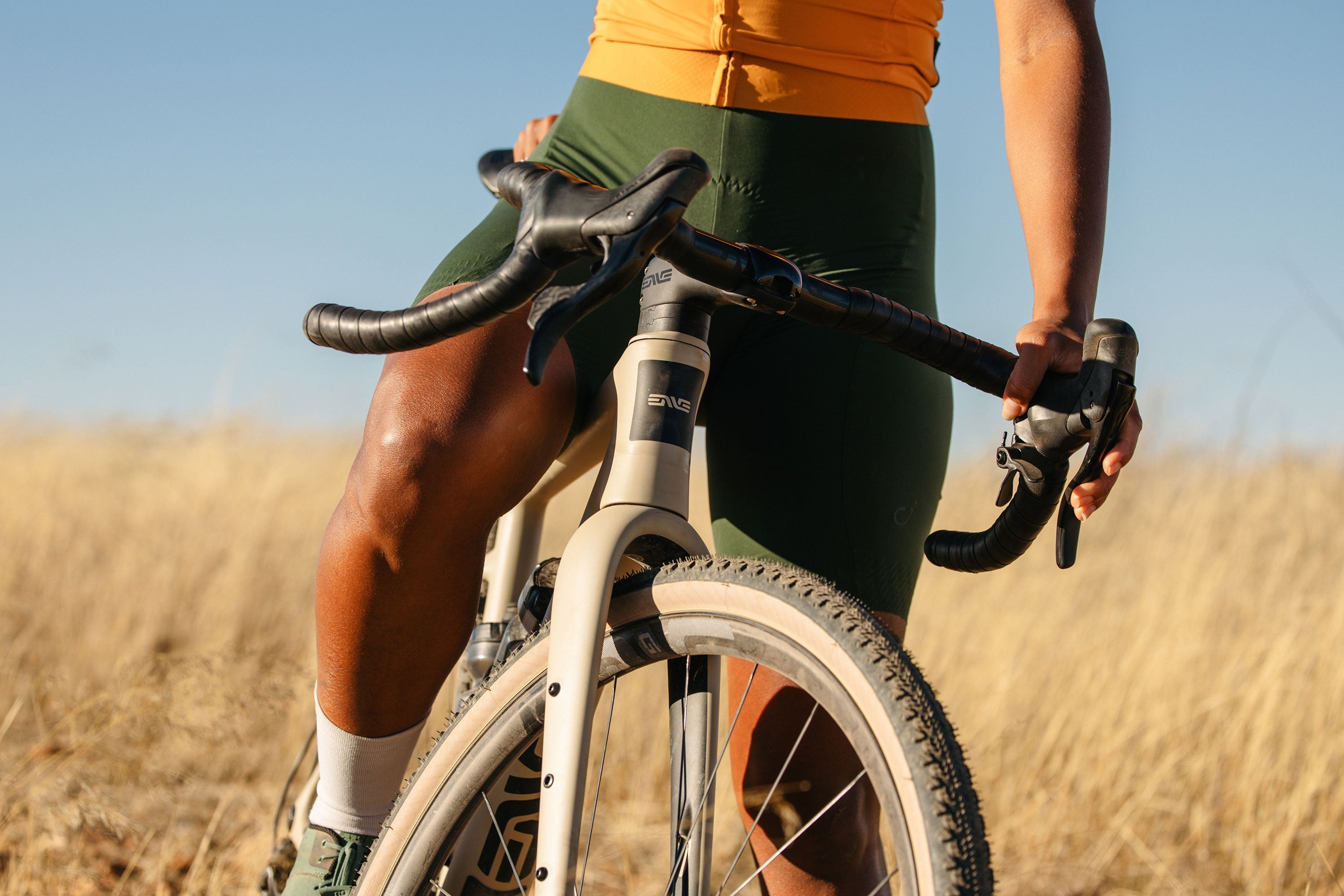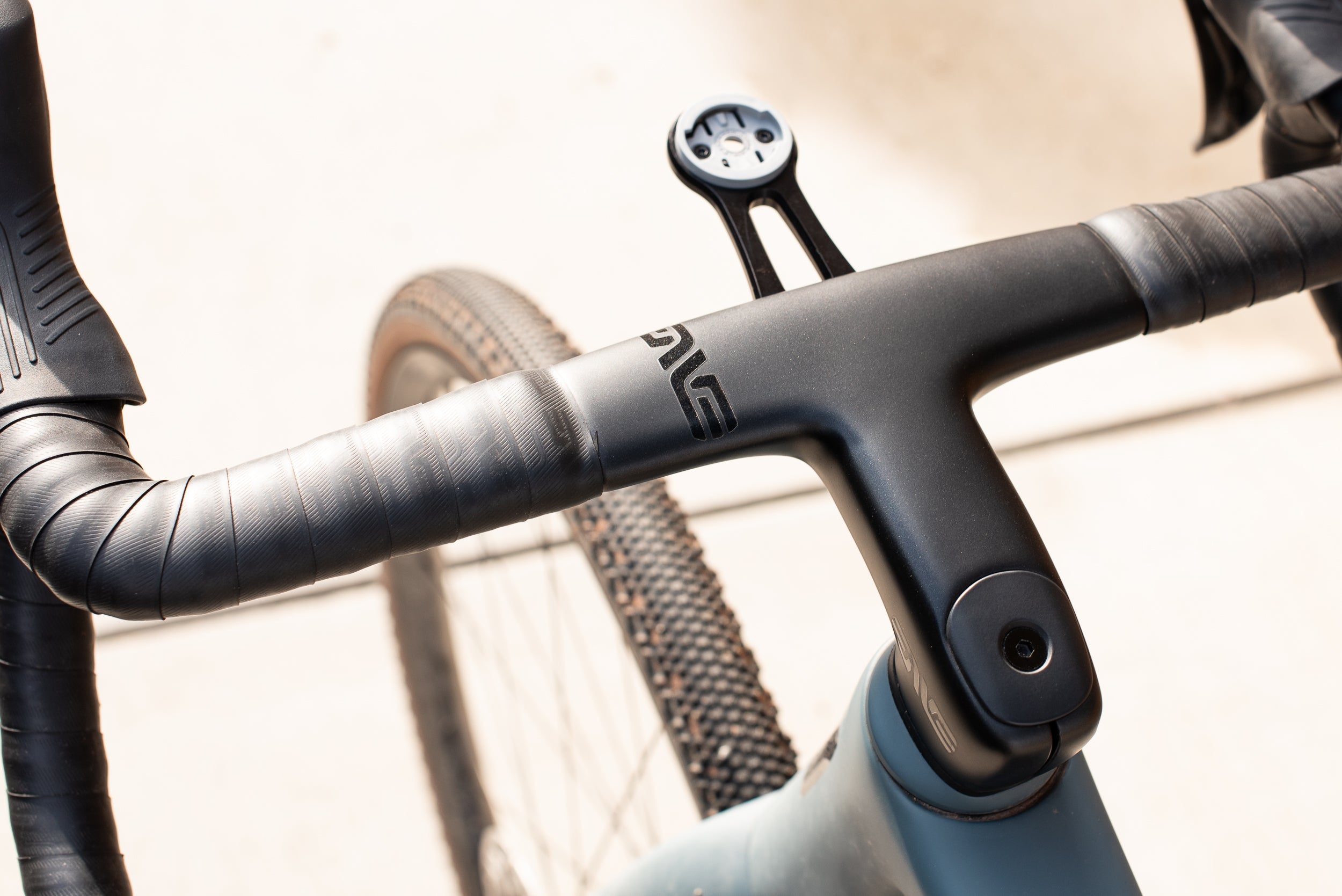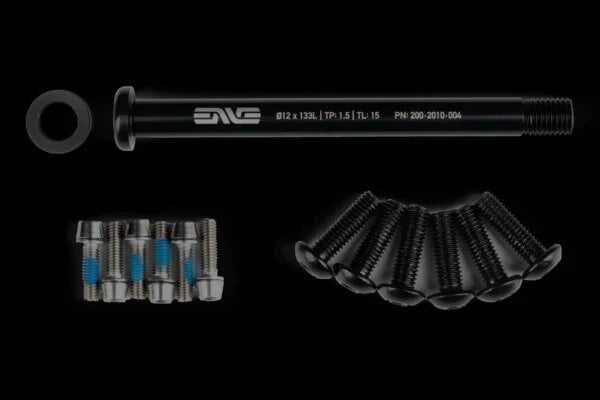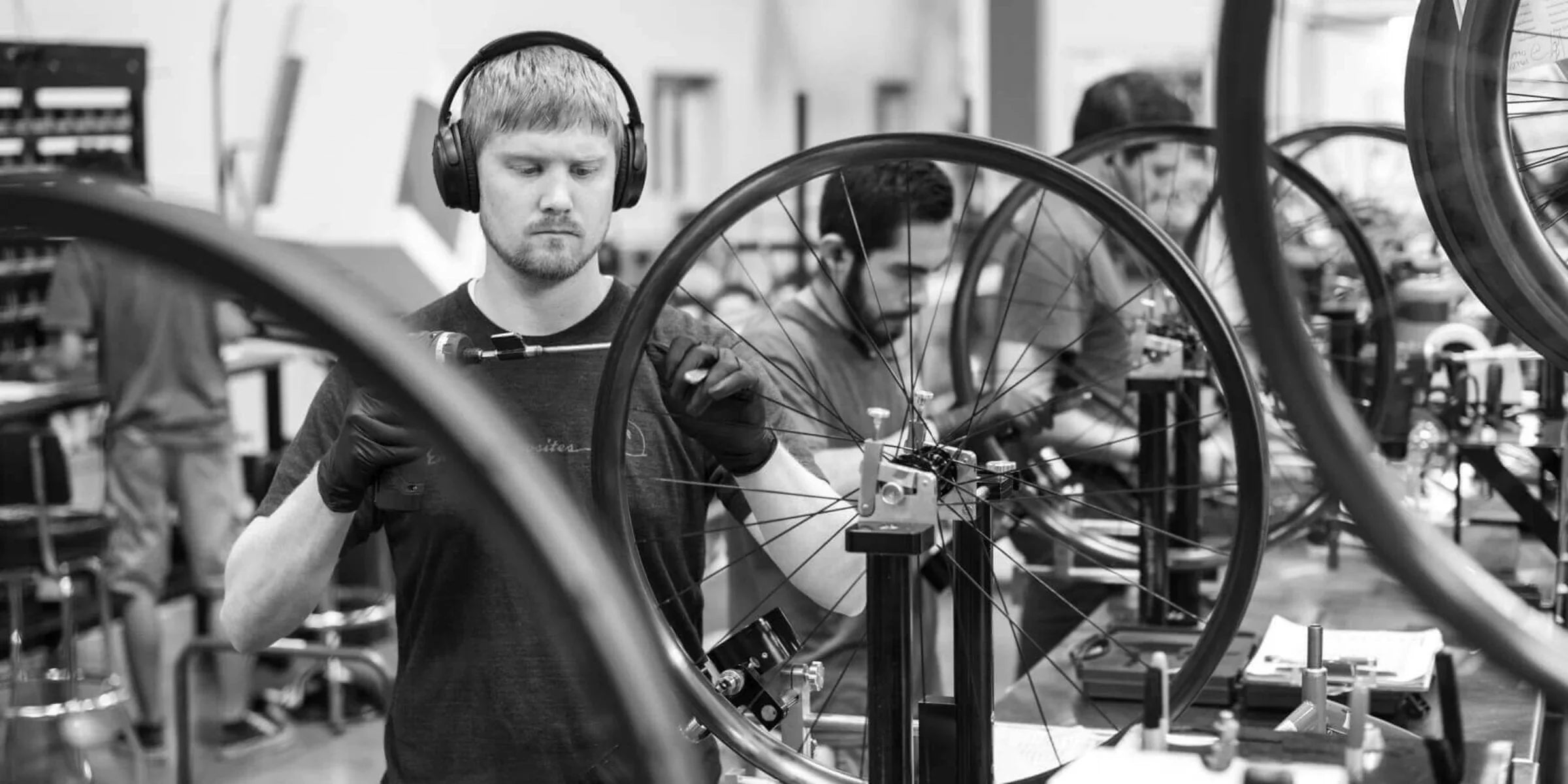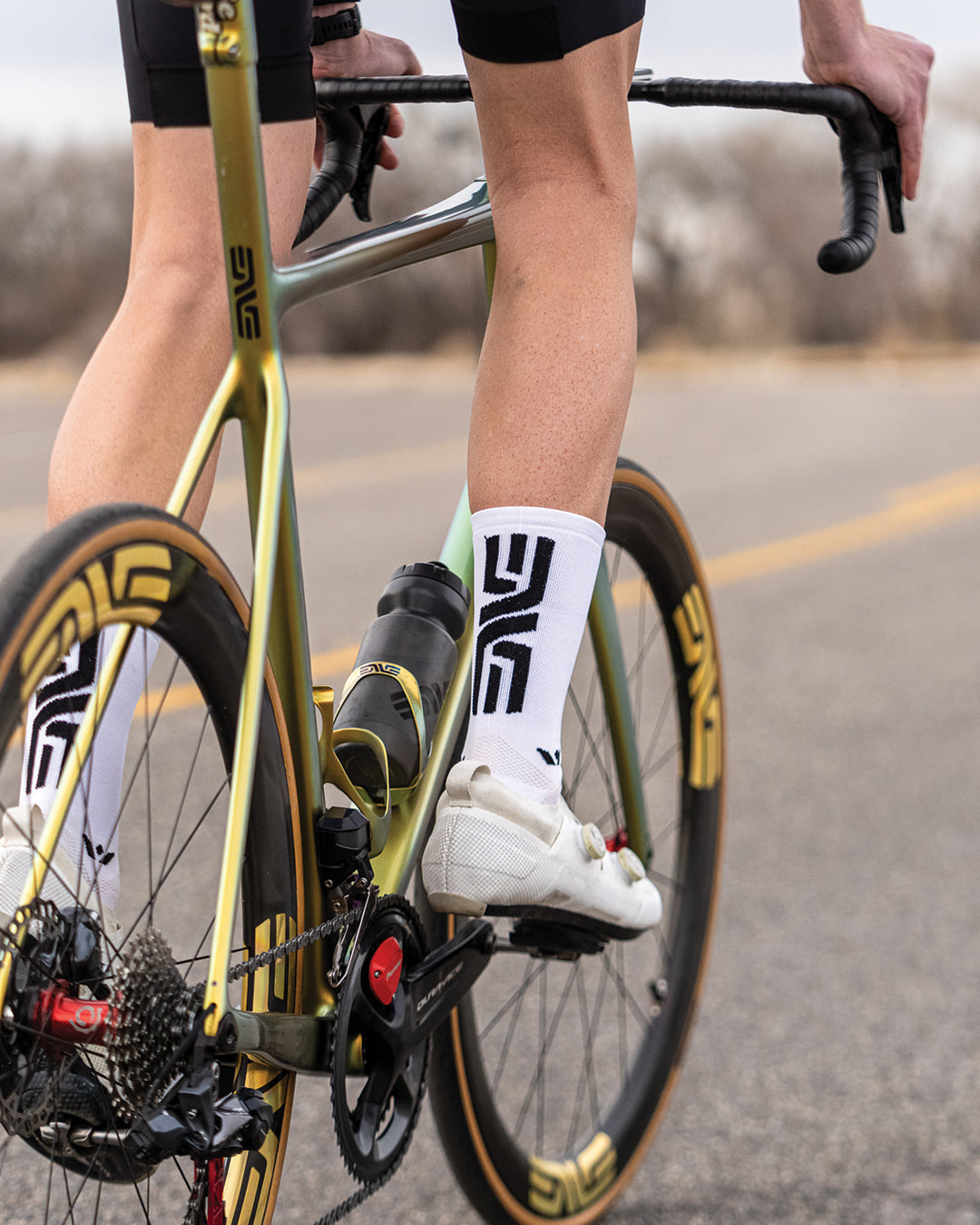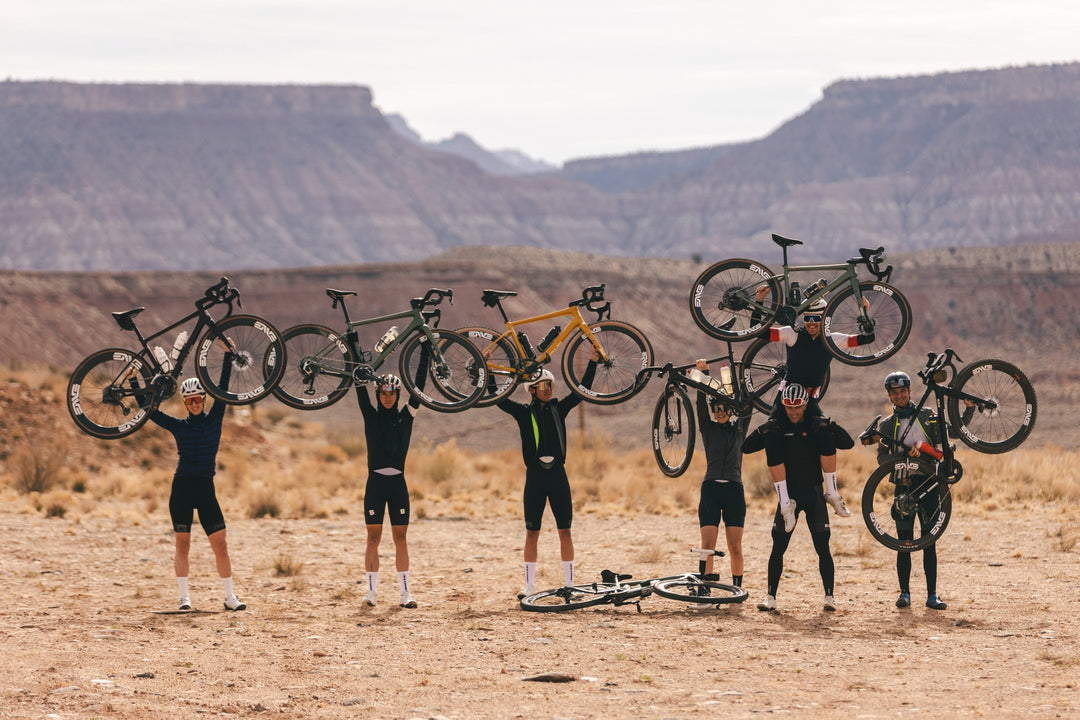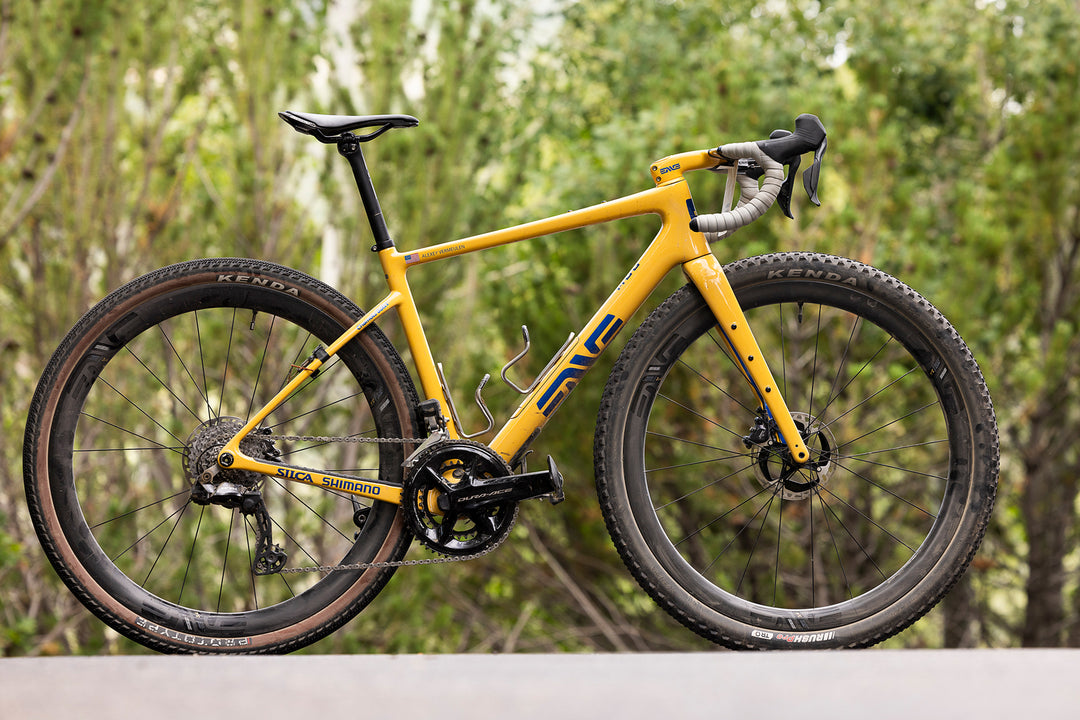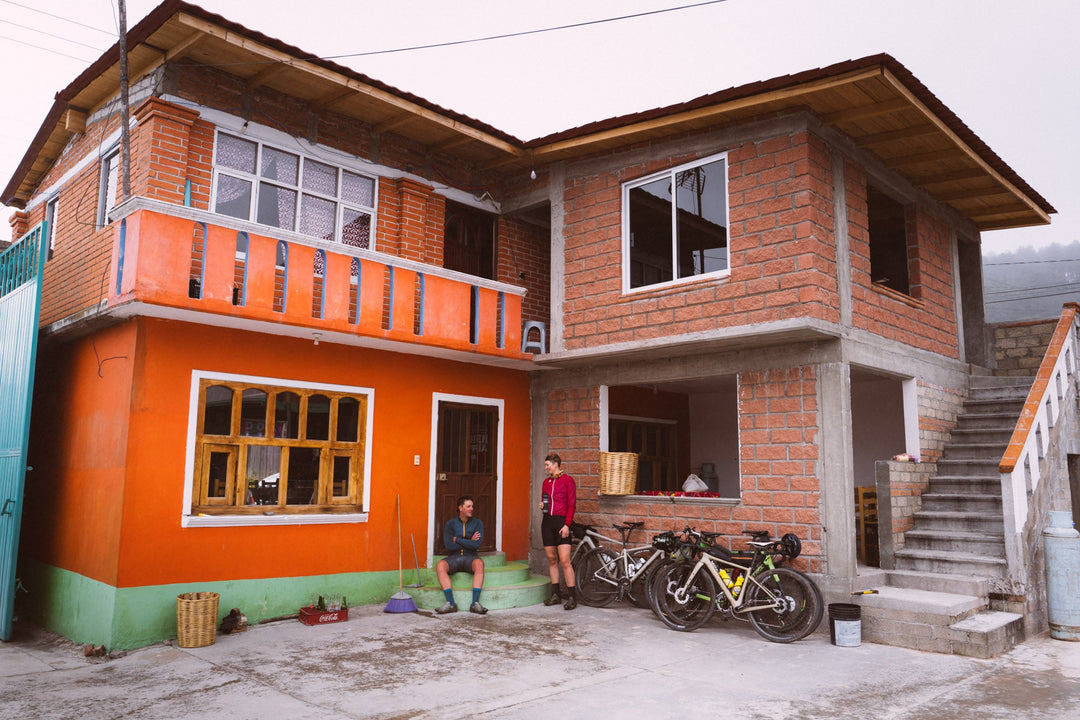(RE)ASSEMBLING A MASTERPIECE
When Ben Shewry commits himself to a project he immerses himself so deeply that taking a breath is often an afterthought. Whether he’s diving for abalone in his documentary Kobe and the Sea, testing new menu items at his Melbourne restaurant Attica, or starring in an episode of Chef’s Table, Shewry’s pursuit of perfection is present in every aspect of his life. It’s the reason this New Zealand native is at the helm of a restaurant that has consistently been ranked one of the top fifty restaurants in the world since 2010, and it also explains why a formerly neglected Colnago C59 frame, meticulously cobbled together with a limited budget and used components, is now turning heads on a stretch of Australian road that’s been compared to cycling’s version of Rodeo Drive.
MOTIVE
It’s a Tuesday morning in Melbourne and Ben has just returned home from the gym and is preparing for a busy week ahead at his restaurant Attica. Within several minutes it’s clear that Shewry’s passion for bicycles approaches his devotion to sourcing culinary ingredients. “The concept for the bike was to build something extremely high end, but to show that it could be done on a smaller budget and that it could be done without compromise.” A lifelong cyclist, Ben had been accumulating miles on his Colnago C60 but found the frame to be slightly too stiff for his style and after pouring through reviews and message boards he discovered the ride he desired was more in line with the bike’s previous C59 iteration. After some internet sleuthing he located a used Colnago C59 frame that was listed on Ebay. “It was really beaten up… the paint was just smashed like nothing I’ve ever seen,” Ben recalls. Taking a gamble and betting that the damage was only cosmetic, he crossed his fingers and placed the winning bid.
“You know how bike people are; they buy something and maybe use it or use it minimally or it’s the wrong size and they swap it out straightaway.”
bEN sHEWRY




INSPIRATION
Work quickly got in the way of any restoration projects, as tends to happen when you’re one of the most in-demand chefs in the industry. However, an opportunity to complete his passion project finally presented itself in the form of the world’s longest lockdown. For 262 days Melbourne was shuttered, restaurants closed, and residents were forced to remain within a five-kilometer radius of their homes. “I’ve been in and out of cycling my whole life; mountain biking, road cycling, BMX, and I came back into cycling because Simon Gerrans made me… and, just like that there was an immense sense of joy, the sense of freedom when you just couldn’t do anything else. I just kept on doing these loops with him and it reignited my passion for cycling.” It was during these rides that Ben began to remember his original intentions for the old C59 frame that had been collecting dust for over the last three years.
PROCESS
But first, a little sanding was required. “I’m not sure how much you know about sanding carbon or carbon frames but it’s an arduous process,” Shewry explains. “Really the only way to get that paint off that primer is to sand it. You can’t sandblast it, obviously, you can’t use any paint strippers because that would affect the carbon, so I spent three to four months just sanding it.” A true perfectionist, Shewry kept at it, replacing dust masks and resting his hands. “It was a massive job” he goes on to explain “there were four layers of paint on it and an undercoat. Then there was a metallic green paint, then there was a very very thick layer of matte black paint and a clear coat.” Filthy, exhausting, hand-numbing work admits a man familiar with the tedium and tendonitis that accompanies countless hours of kitchen prep.
“I’ve got the frame sanded… I’ve got all my paints organized… and I go to lay down the color… and the first pass was just so dreadful, so demoralizing, it looked like a child’s work, and that’s being generous.”
bEN sHEWRY


SOURCE
Shewry’s first score came in the form of an ENVE SES 3.4 rim brake wheelset that, “for all intents and purposes looks like they’d come right off the shelf.” No stranger to foraging for rare or difficult-to-find ingredients, Ben applied his culinary talent for tenacity to his C59 build. “There’s skill in cooking, but the real skill for me is in the sourcing of the most superior products, the most ethical, the most delicious, the most sustainable; the best tasting. In my kitchen, there are zero compromises, and everything about being a chef at the highest level is about analyzing and researching products.” Instead of scouring local farmers markets Ben hunted at his local shops and sleuthed the internet for used parts, rejecting dozens of components that didn’t fully meet his criteria and tossing them aside like half-opened oysters. While the bike was going to be assembled from used parts it had to perform like it was brand new. “I ride pretty hard, and I want to be able to trust the gear,” says Ben, but “I’m very particular about aesthetics; I’m particular about the performance, so that’s why I chose ENVE because of its form and function…it’s the best.” While it was going to be a used bike, it needed to ride like it was fresh out of the box.
DESIGN
Months of planning and preparation had left Ben with a complete bike’s worth of used parts. Except for a chain and bottom bracket, he’d managed to source each piece he needed to adorn his blank canvas; right down to a re-covered leather saddle and bar tape he’d commissioned friend and leather artist Mick Peel of Busyman Bicycles to hammer punch with the Colnago clover logo. But, before he could assemble the bike, Ben needed to paint the frame. He’d envisioned a watercolor palette for his project: colors running off the frame and flowing seamlessly together, but even without much experience as a painter he knew watercolors weren’t an option and he set about researching a way to recreate the effect. “I had to use oil-based paints, but then if you try to paint them a watercolor style it’s impossible,” he admits. The first attempt was a complete failure. The culinary equivalent of spending months preparing a banquet, only to have it melt off the plate as it’s served. Whether it was out of frustration or desperation, Ben pushed aside his instincts and gave it one more try and frustration turned to fortune; “I just sprayed the paint on the frame really hard, if anybody knows about spray painting they would never spray the paint on the frame. It was hard, so hard
Finally, after two weeks of repeating the arduous process, Ben was finally satisfied with the results and nuances that all of these intermingling layers had contributed. The results conjure images of the sun setting on a retreating tide, or the layers of pigmented earth exposed in a riverbed. To finish the painting process, Ben once again turned to Peel to apply a subtle Colnago clover to the frame. However, he stopped short of matching his custom paint job to any of the components. When asked why he chose to leave the ENVE wheels, stem and bars in their raw form, he said the answer was simple; “they’re beautiful like they are, they don’t really need anything or be further embellished because they’re properly made in the first place. If they aren’t properly made, then the need to paint them or to do something else to hide the fact that they’re not beautiful would be necessary, and that’s exactly that’s the parallel that I draw with cooking; quality never going out of fashion. It’s timeless.” Few elements are more timeless than carbon.
“I’ve become successful as a chef because I’m incredibly detail focused in everything and I apply that to all aspects of my life, not just cooking… and I really try to apply that to this
bEN sHEWRYeven though I’m using recycled parts.”
With his frame painted and parts collected, Ben headed back to meet with Dan of Melbourne-based Superbe Velo, who Sherwry confides is “one of the best mechanics in the world,.” Dan was the first person Ben had approached before he started the project, giving credence to the plausibility of the whole concept, but despite Dan’s advice, Ben had declined an initial x-ray of the frame. Would Dan discover any structural defects during the building process? But ultimately, it came down to one important question; how would the bike ride? After dedicating eight months to sanding, painting, and sourcing his parts, Shewry was surprisingly laid back about his first spin, “It was a little bit of risk, but ultimately though I guess if it was if it didn’t ride well then I could repeat the whole thing” he laughs. Fortunately for Ben, “it just rode beautifully,” he recalled of his maiden voyage; “it’s fast, it’s responsive, but it’s also compliant and comfortable… I know some people think it’s a cardinal sin but I put a shim in


